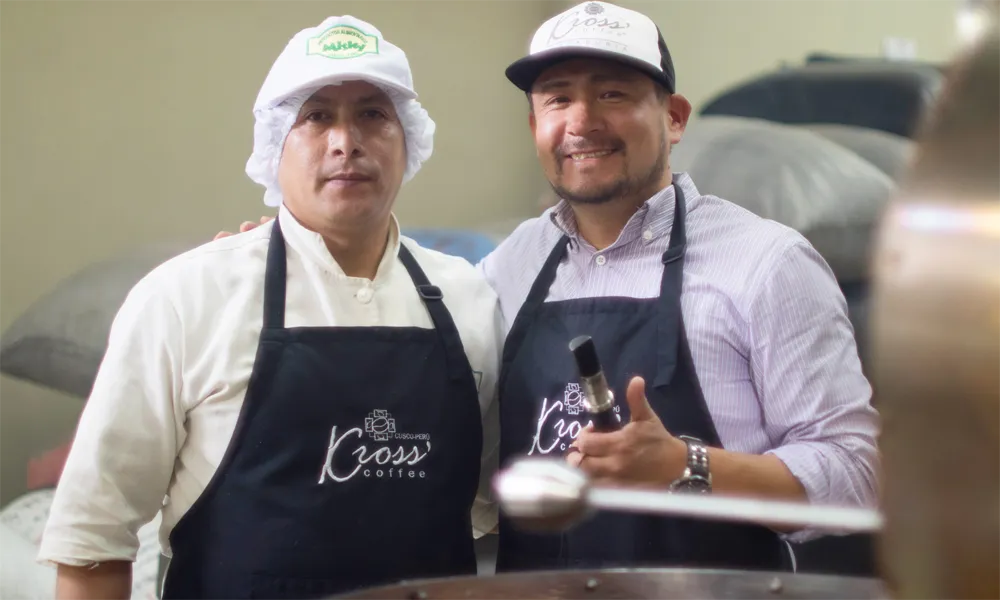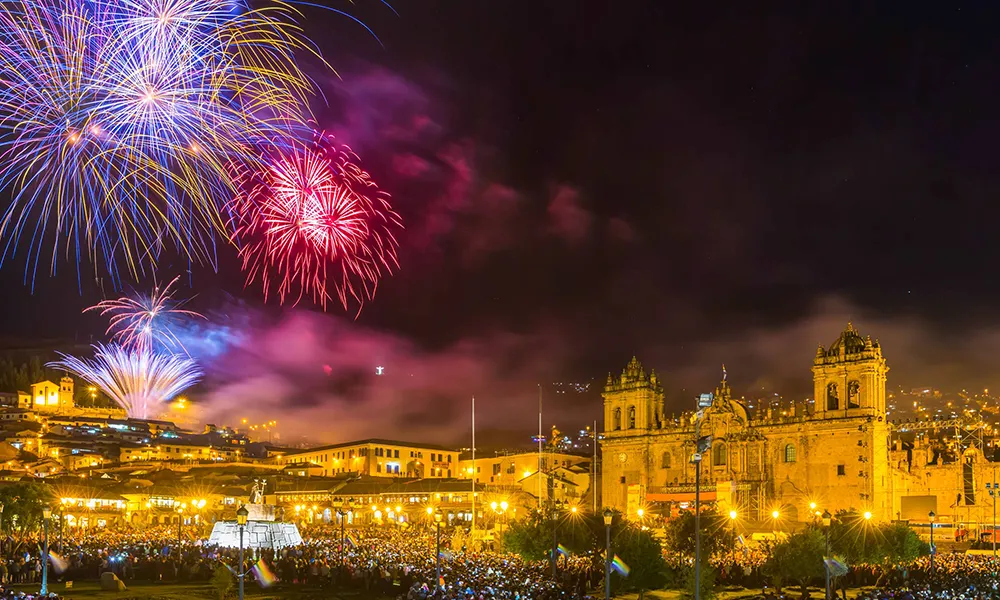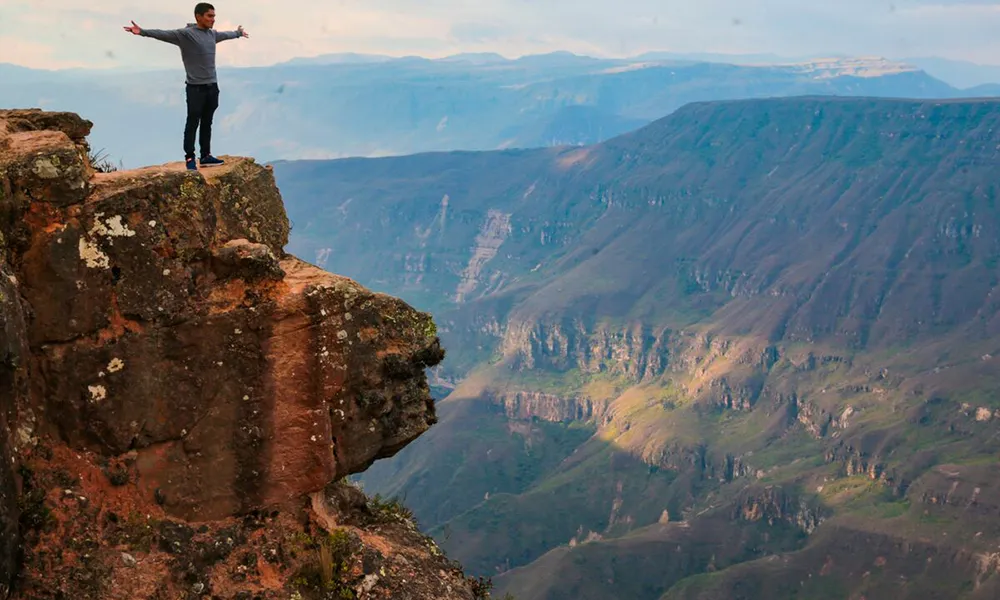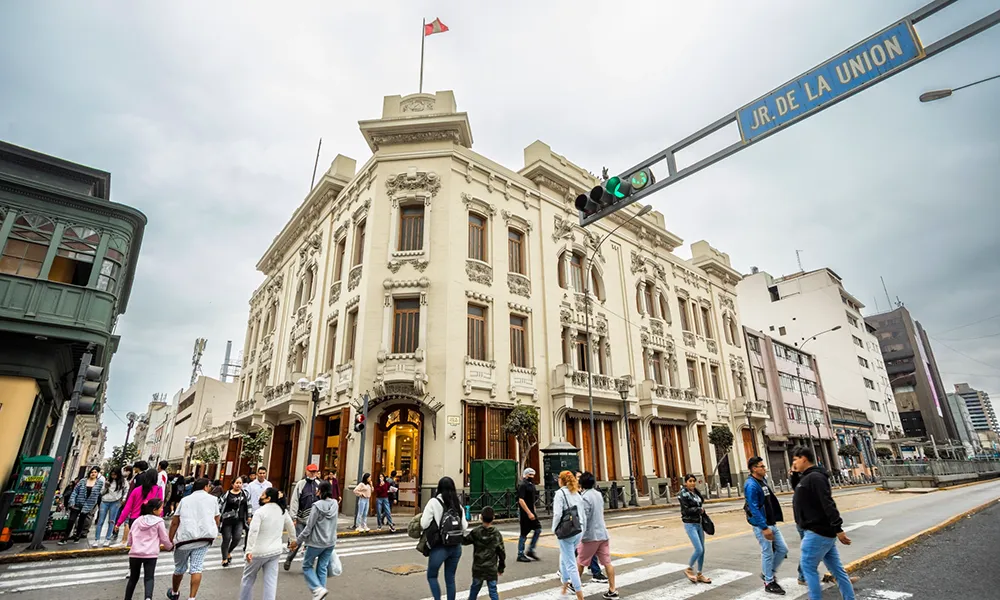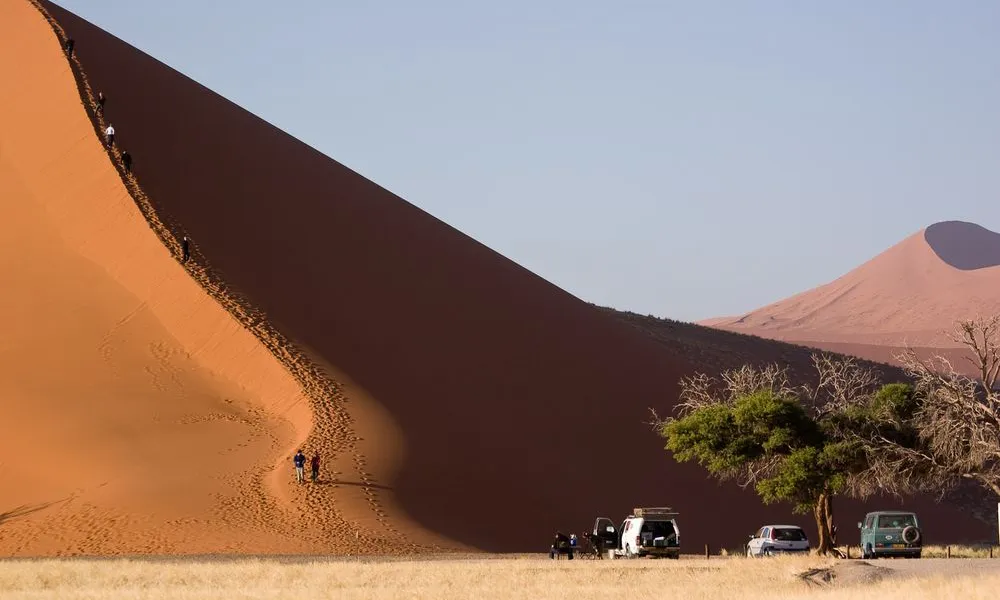History, Flavor, and Culture for American Travelers
🌎 Introduction
The story of coffee in Cusco is deeply tied to Peru’s rural migration, social transformation, and agricultural history. It’s said that the first coffee trees arrived in La Convención between the late 19th and early 20th centuries, brought by settlers and missionaries from central Peru’s jungle.
But it wasn’t until the 1950s that organized coffee production began to take shape. Quechua families descended from the highlands to the warmer slopes of the Andean jungle, carrying their traditions, resilience, and hope. Amid agrarian reforms, internal colonization, and little government support, coffee became both a livelihood and a symbol of endurance.
Communities such as Echarati, Quellouno, Santa Teresa, and Maranura turned these tropical hills into true biodiversity treasures. In 1967, the founding of COCLA (Cooperativa Agraria Cafetalera La Convención) revolutionized local production. For the first time, small farmers exported organic coffee directly to Europe and the United States, paving the way for fair trade and sustainable practices.
Today, Cusco is one of Peru’s leading producers of specialty coffee — known for its clean profiles, award-winning beans, and a perfect balance between altitude, shade, and biodiversity.
📜 A Brief Timeline of Coffee in Cusco
-
1950s–1970s: Agricultural cooperatives strengthened. COCLA stood out as a pioneer in organic production and fair trade.
-
1990s–2000s: The export of certified coffee (organic and fair trade) expanded rapidly. Local farmers began using wet and dry processing methods with professional standards.
-
From 2010 onwards: The specialty coffee boom arrived. Cusco’s beans began winning national and international awards, including the Cup of Excellence. Micro-roasters and baristas emerged across the city, focusing on traceability, controlled fermentation, and unique micro-lots.
Today, coffee from Cusco represents quality, diversity, and a strong territorial identity — grown between 1,200 and 2,000 meters above sea level, always in shade and without chemical pesticides.
🗺️ Coffee Map: The Regions Behind Cusco’s Best Beans
La Convención (High Jungle Region)
-
Quillabamba: The tropical capital of the province. Hosts coffee fairs, tastings, and farm visits.
-
Echarati & Maranura: Historic cooperatives and family farms known for experimental fermentation.
-
Santa Teresa – Lucmabamba: The perfect combination of coffee + trekking + hot springs + Machu Picchu. Visitors can walk through coffee plantations, relax in Cocalmayo’s thermal baths, and continue toward the Inca citadel.
Yanatile (Province of Calca)
A lesser-known region that produces high-altitude coffee with delicate floral and fruity profiles. Perfect for travelers seeking intimate rural experiences and slow travel immersion.
☕ The City of Cusco: Peru’s Specialty Coffee Capital
The city of Cusco has become a meeting point between farmers, roasters, and travelers. Cafés like Kross Coffee have transformed the scene by promoting education, traceability, and appreciation for local beans.
Thanks to this movement, Cusco now serves as the educational and sensory heart of Peruvian coffee. It’s where travelers learn to understand what they’re drinking — where baristas explain tasting notes, roasters discuss roasting curves, and the bond between the countryside and the city becomes tangible.
⭐ Kross Coffee: The Best Coffee Shop in Cusco
Kross Coffee is our top recommendation for visitors in Cusco. It stands out for its combination of high-quality beans, precise brewing methods, and a welcoming, creative environment. The café works directly with local producers, primarily from Quellouno, a valley known for complex and aromatic coffees.
What makes it unique is its dedication to collaboration and education — Kross Coffee acts as an ambassador for local products, connecting farmers and consumers.
-
Specialties: espresso, pour-over, cold brew, and signature drinks.
-
Local touch: they also serve Misky Cusco products — artisanal chocolate, Andean jams, and peanut butter made from native ingredients.
-
Price range:
-
Espresso/Cappuccino: S/ 10–18
-
Filtered Coffee: S/ 12–22
-
Guided Tasting: S/ 40–80
-
Traveler’s tip: Visit early in the morning or around sunset for a quieter chat with the baristas about new roast dates or fermentation experiments.
☕ Other Recommended Coffee Shops in Cusco
While Kross Coffee leads the scene, Cusco has a lively network of excellent cafés worth visiting:
-
Mistik Café: Specializes in micro-lots and manual brewing methods. Ideal for sensory exploration and deeper tasting experiences.
-
Three Monkeys Coffee: Pioneers in introducing specialty coffee to travelers, offering espresso, pour-over, and homemade desserts.
-
L’Atelier Café Concept: A blend of art, design, and great coffee in San Blas — perfect for long breakfasts or remote work sessions.
-
Local micro-roasters: Ask about roast dates — many sell freshly roasted beans for travelers to take home.
🚗 How to Get to the Coffee Route
Cusco → Quillabamba
-
Duration: 6–8 hours
-
Transport: Interprovincial buses or shared vans
-
Cost: S/ 40–60
-
Suggested route: Cusco – Ollantaytambo – Santa María – Quillabamba
Santa Teresa / Lucmabamba (Coffee Route + Machu Picchu)
-
Duration: 7–8 hours to Santa Teresa / Hidroeléctrica
-
Cost: S/ 40–80 (combined transport)
Cusco → Yanatile (Province of Calca)
-
Duration: 5–7 hours
-
Transport: Local bus or private car
-
Ideal for: Travelers seeking high-altitude farms, floral coffees, and immersive rural tourism.
-
Tip: During the rainy season (November–April), check road conditions and possible landslides.
🌤️ Climate: When to Go and What to Bring
Cusco City (3,399 m)
-
Dry season: April–October (sunny days, cool nights)
-
Rainy season: November–March
-
Essentials: sunscreen, windbreaker, thermal layer, and hydration.
La Convención / Yanatile (High Jungle)
-
Climate: warm and humid year-round
-
Best months: May–October (less rain, easier access)
-
Essentials: insect repellent, light raincoat, non-slip shoes.
🌱 Experiences and Activities
1. Farm Visit
Learn the entire process — from cultivation and harvest to fermentation, washing, drying, and storage.
Price: S/ 120–250 per day (includes guide, lunch, and local transport).
2. Professional Coffee Tasting (Cupping)
Discover the sensory notes of Cusco’s beans: citrus, floral, chocolate, panela, and red fruits.
Price: S/ 40–80.
3. Roasting & Profiling Workshops
Learn how roasting curves shape flavor. Roast and taste small batches.
Price: S/ 100–180.
4. Traveler’s Barista Workshop
Basics of espresso preparation, milk texturing, and manual brewing.
Price: S/ 80–150.
5. Coffee + Adventure Tour (Santa Teresa)
Combine coffee with outdoor fun — hot springs, ziplining, cycling, and trekking.
Price: S/ 180–350 (combined).
🗓️ Suggested Itineraries
1 Day – Urban Coffee Exploration
-
Morning: Guided tasting at Kross Coffee.
-
Afternoon: Brewing workshop at Mistik Café and purchase of fresh beans.
3 Days – City + Farm Experience
-
Day 1: Coffee education and tastings in Cusco.
-
Day 2: Travel to Quillabamba, visit COCLA cooperative and local farms.
-
Day 3: Roasting workshop and return to Cusco.
5 Days – Deep Coffee Route (La Convención)
-
Day 1: Cusco → Quillabamba, tropical city tour.
-
Day 2: Visit Farm 1 (harvest, wet process, drying).
-
Day 3: Visit Farm 2 (roasting, professional cupping).
-
Day 4: Adventure day in Santa Teresa + Cocalmayo hot springs.
-
Day 5: Return to Cusco, espresso farewell at Kross Coffee.
7 Days – Coffee & Machu Picchu Experience
Includes the 5-day route plus train access from Hidroeléctrica to Aguas Calientes and a visit to Machu Picchu.
🏨 Where to Stay
In Cusco City
-
Casa San Blas Boutique: cozy, close to the best cafés.
-
Antigua Casona San Blas: colonial atmosphere, excellent breakfast.
-
Tariq Boutique Hotel: peaceful stay with panoramic views.
-
Hotel Infantil: social project with rustic charm.
In Quillabamba / La Convención
-
Hotel Tunki: central location, affordable rates.
-
Rural eco-lodges in Lucmabamba or Echarati: full immersion in coffee plantations.
🍫 Local Food Pairings for Coffee
-
Pan chuta with espresso
-
Cocoa brownie with natural-filtered coffee
-
Andean cheese with floral-washed coffee
-
Quinoa or cocoa ice cream affogato
-
Tropical fruits (cupuaçu, papaya, passion fruit) with cold brew
💡 Travel Tips
-
Always ask for the roast date — fresh coffee means a better cup.
-
Buy in small quantities (250 g) to preserve flavor.
-
Bring cash in rural areas — cards are not widely accepted.
-
Respect farm processes: don’t touch drying patios or fermentation tanks.
-
Stay hydrated in Cusco’s altitude, even while drinking coffee.
-
Book tastings and workshops in advance, especially during high season (June–August).
❓ Frequently Asked Questions
Is Cusco coffee really “specialty coffee”?
Yes. Many Cusco coffees have won national and international awards for their complexity and clarity in the cup.
Can I combine the Coffee Route with a trip to Machu Picchu?
Absolutely. Santa Teresa and Lucmabamba are ideal for combining coffee, nature, and the Inca Trail extension toward Machu Picchu.
Do I need prior knowledge for a tasting?
No. Coffee tastings are designed for everyone — beginners and experts alike.
Can I buy coffee directly from farmers?
Yes. Many cooperatives and farms sell directly to visitors, and local cafés like Kross or Mistik often feature beans from specific producers.
Which process is better: washed, honey, or natural?
It depends on your taste. Washed coffees are clean and bright, honey processed are sweeter and rounder, and natural coffees are fruity and full-bodied.
📖 Quick Coffee Glossary
-
Micro-lot: A small, traceable lot of exceptional quality.
-
Traceability: Complete information about the bean’s origin — farm, altitude, and processing method.
-
Cupping: A professional tasting used to evaluate coffee quality.
-
Roasting curve: Temperature and timing pattern that defines flavor.
-
Brew ratio: The coffee-to-water proportion for each brewing method.
🌺 Conclusion
The Coffee Route of Cusco is more than a journey through Peru’s flavors — it’s a story of resilience, community, and pride. From the high Andean valleys to the tropical forests of La Convención, every bean carries the effort of families who turned challenges into opportunity.
For American travelers, this route offers a unique mix of culture, nature, and taste. You’ll walk among coffee trees, learn from the farmers, and sip award-winning brews while overlooking the Andes.
Cusco doesn’t just produce coffee — it tells a story in every cup. A story of mountains, rain, soil, and people. And when you drink it here, surrounded by history and warmth, you don’t just taste Peru — you feel it.


